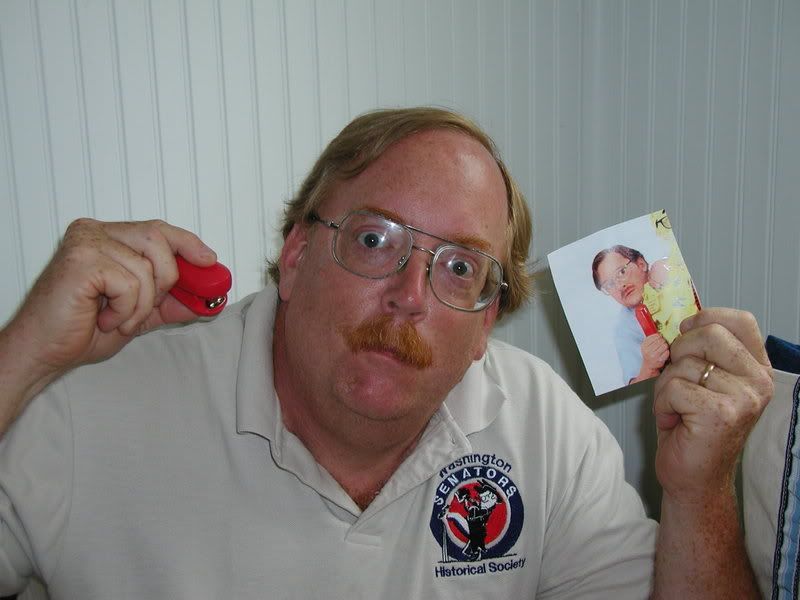I'm a little tardy in writing this, but better late than never, right? This past weekend, after determining that the bees couldn't go much further in drawing out comb, rearing brood and socking away all the pollen and honey they could cram into the two deeps hive bodies, I figured it was time to see how they would do in making me some honey. With little fanfare, and with a minimum of disruption to the bees themselves, I slipped a queen excluder and a shallow "honey super" on each hive, closed things up and crossed my fingers.
Just so things are clear to those of you who may not know a honey super from a screened bottom board, I'll give you a quick run through...
The queen excluder, as the name suggests, keeps our egg-laying machine from climbing up into our honey box and creating lots of squiggly white larvae in the cells around our honey. To bears, larvae constitutes a delicacy (more so than the honey, despite what Winnie the Pooh would have us believe!) but people tend to frown on the little critters mixed up with the sweet stuff. Basically, an excluder is very similar to the grill on your George Foreman, with the wire just wide enough to allow workers through but not the more rotund queen. Thus, no eggs.
The honey super is a box that holds frames just like the brood boxes only they are usually smaller. Where your "deep" hive bodies are roughly 10 inches high, your honey supers or boxes, are usually either mediums (about 7 inches) or shallows (about 6 inches). Deep boxes can be used as honey supers but the weight of one of those filled with ten frames of honey can tip the scales at around 100 pounds. To save old beekeepers backs, the smaller boxes are the popular alternative, particularly amongst hobbyists like myself.
The supers I put on this weekend contained frames and foundation only. Meaning that the bees would have to draw out the comb before they could start filling it with nectar. So this would set them back some, but the only way to get it drawn is to get it in the hive so they can draw it.
Honey, by the way, is made from the nectar that the bees store in the cells. Nectar contains primarily sugars and water. After storing the nectar in the cell, the bees work to reduce the water content and allow it to ripen into honey. Foragers carrying nectar transfer it to workers in the hive who carry it to a cell. To facilitate the evaporation of water from the nectar, the bee will carry small drops of it on her long tongue so that the air movement will have the desired effect. Through the fanning of their wings in the hive, other bees will help this process along as well. In short order, they will create the precious liquid, stored in the cell and finally capped over with wax to await the day when the bees need it or their hulking keeper swipes it from them. Life isn't fair for bees either, I'm afraid.
Subscribe to:
Post Comments (Atom)

3 comments:
How long do you think it will take? Will I be seeing a little plastic bear filled with honey in my mail box soon??? I am SO excited. By the way, Dave and I have started our own bee equivelant with the aquarium. We have been completely obsessed and spend at least an hour everyday watching them.
Love ya!
I'm absolutely loving this blog. Your hives and ours are just about the same age and in sync, so we really relate to your stories. Looking forward to the next chapter!
Julie
You should show pictures of the Queen as compared to drones & worker bees
Post a Comment